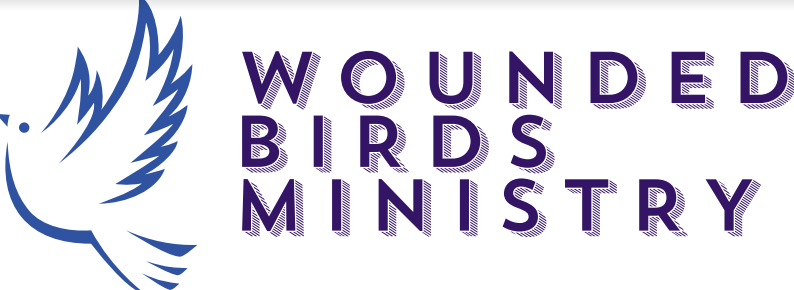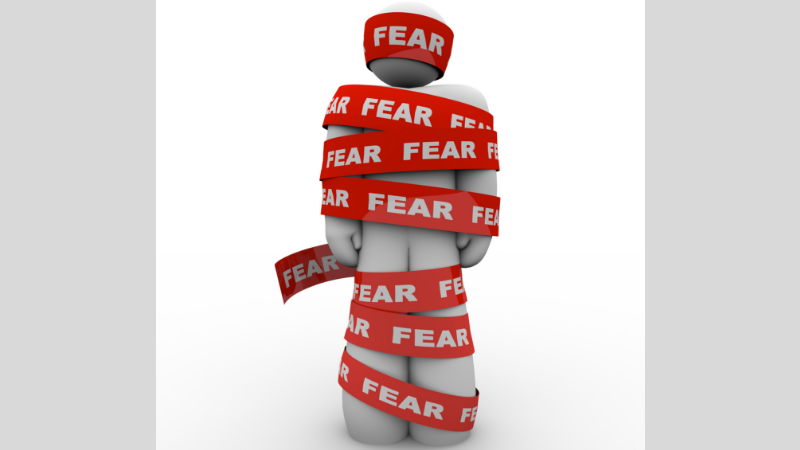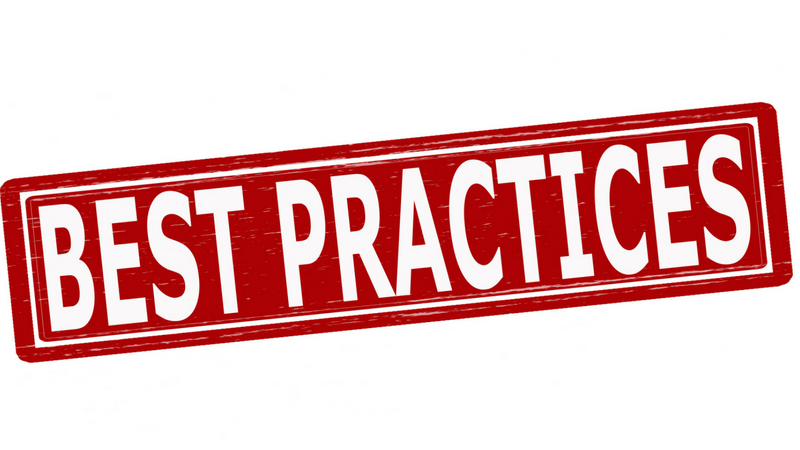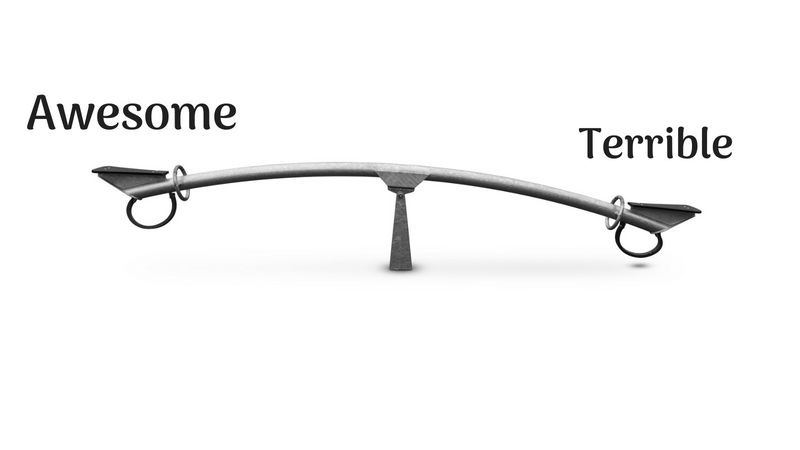Overcoming Phobias Is Possible
We recently had a member of the Wounded Birds Ministry group on Facebook (who I’ll call Dawn) share that she suffers from a phobia. Like with many people, this phobia developed from a small fear, grew into something bigger, blossomed into anxiety, and now is crippling.
Her phobia keeps her indoors, which only reinforces everything negative about her experience.
Because she’s trapped indoors by her mind, getting outside assistance is a significant challenge for her. The usual route to getting help for a phobia like Dawn’s is to see a therapist and work on all the smaller issues that help us get to a place of trust and confidence that allows us to confront the more significant challenges in our lives.
Dawn’s options in this area are significantly slimmer than most, as her phobia traps her indoors. If you find yourself in a similar position, this is an excellent chance to check out BetterHelp.com, Talkspace.com, and other online talk therapy options.
While my preference is always to see someone in person, these options are great for those who live in areas with limited resources, long wait times, or who need the flexibility provided by these organizations.
That said, we can make progress on a challenge like Dawn’s even without therapy. In fact, this is true of most mental health challenges: While it’s always better to have all our desired support, making changes depends on us and our determination, not which therapist we see.
When I took my anxiety class, we specifically talked about conquering phobias, and my notes from those sessions make up the bulk of this article. As always, I encourage you to do your own research and engage wherever possible with professionals to aid you in this process.
What Is a Phobia?
Phobias, as defined by Mental Health America, are fears (of an object or situation) that have taken on an outsized place in our lives. While we can objectively look at the fear and recognize it is irrational or extreme, our hearts and emotions are unable to reconcile this truth.
Phobias can be based around literally any object or situation. I know people who have a phobia of spiders, a phobia of heights (that impacts their ability to take stairs, escalators, or even handle the idea of railings on a balcony), and phobias of small spaces.
All of these are valid, and only a small sampling of the variety of phobias that exist.
Phobias Exist on a Spectrum
Phobias are fears, full stop. The degree of fear is what changes it from a simple fear to a phobia. That said, not all phobias are crippling. There is a difference between a phobia of spiders that keeps us from heading out for a hike and a fear of large spaces that trap us in our homes.
While neither is less valid, the impact upon our daily lives differs significantly.
Overcoming a Phobia
The generally accepted principle for overcoming a phobia is a technique called “Exposure Therapy.” The idea behind exposure therapy is that we slowly and gently expose ourselves to our fear until we are able to either conquer it or ensure that it no longer dominates our life.
Start by figuring out which phobia/fear to address.
Write down three to five worries you have. Naming them is a significant first step here. I’ve seen shame reduced just from acknowledging that something is a challenge for us.
Let’s say you have a fear of heights, don’t like being in crowds, and public speaking panics you. Write them all down.
Determine our anxiety level.
For each worry, assess your anxiety level on a scale of 1-10, with 1 being “no anxiety” and 10 being “unable to function.” If it helps, check out this SUDS scale here.
Additionally, figure out your Avoidance Factor. For this one, use a scale of 1-5, with 1 meaning “Never avoid” and 5 representing “I go out of my way to avoid.”
Based on these ratings, identify your mildest fear on the list. In our case, let’s say it’s a fear of heights. This is the fear we’re going to work on managing.
Write down all the influencing factors.
Does it matter how high you are? Does it matter if you’re on solid ground?
While I don’t have a phobia of heights, I get very uncomfortable in specific situations. Height matters to me. I’m OK looking down on a drop of 10’, but once we start talking about standing on a rooftop of a two-story building (or more), I get nervous.
Also, you know those rides at amusement parks where you take a gondola across the park? Hate them. I don’t like the sway of the carriage; I feel unsafe and vulnerable. The same goes for Ferris Wheels.
High balconies help me; I can look out across the street comfortably when I’m in a skyscraper, but looking down through a floor-to-ceiling glass window causes me to panic.
Record all the ways your phobia limits you
Is it looking out over a balcony? Are you terrified to even step on a balcony? Does it limit your ability to take the stairs? An escalator? An elevator? Or do you look for ways to avoid the second floor of a building altogether?
Next, write down all the ways you catastrophize the phobia
This is basically like watching a scary movie. The first time you watch the film, it terrifies you. The second time, it’s less scary: You know what’s going to happen and when, and your emotional intensity is reduced.
By the fifth time you watch the movie, you’re bored with it. “Oh, this is the part where the chainsaw comes out. Yawn.”
In fact, the advice I got was to write a full story around the fear or phobia and to write it by hand. We were told to give it all the detail: Write it in first-person (meaning you write “I walk across the room…I get in the elevator…”), use vivid detail, and write in the present tense. Using present-tense will make it feel more real to us, which is what we want.
We also include how I’m feeling, what I’m thinking, what I’m smelling/hearing/tasting, my emotions, etc. Put everything in your story. The more detail, the better.
A few cautions: Avoid minimizing or neutralizing the experience. Try not to use words like “probably” or “if” when you’re writing.
We were also told to go ahead and give our story the bad ending. Let it play out the way our mind tells us it will play out. The suggestion was that it be three to eight pages in length.
I did this exercise, and it was brutal.
Side note: These stories are perfect for taking into a therapy session. It’s an opportunity to work through challenges with a professional and can be a great first step in learning to overcome this fear.
Baby Steps Are Perfectly Reasonable
I’m going to pause here and talk about baby steps and micro-steps. The key to exposure therapy is to take this slow and gently; you didn’t develop this phobia overnight and rewiring your brain takes time.
We hear a lot about taking baby steps, but sometimes baby steps are too big for us. That’s when micro-steps become important. You can learn more about micro-steps in this post, but the core idea is that we take those baby steps and find ways to break them down into the smallest possible component.
When we talk about writing out our stories and doing exposure therapy, this comes doubly into play. If your fear level exceeds a four, it may be wise to take a break while you are writing the story.
That doesn’t mean to abandon writing the story; it means to be sensitive to how you are feeling and pause your writing for five minutes, an hour, or even a day if you start to feel overwhelmed by emotion.
Taking this in pieces is OK. In fact, I did when I wrote out my story. I think it took me three sessions to make my way through it.
Scary Movie Time
We were told that once we have it written out, we were to go back and read it aloud, slowly and with feeling. If it helps, record yourself reading it and play it back. You don’t have to share the recording if you don’t want to.
Also, we were advised to read our story aloud to our therapist or to a trusted friend. For this one, really think about who you can trust with this story. I expect you will feel vulnerable when reading it, so you want to have someone with you that you know will be supportive.
Each time you read it, you may find it helpful to journal your responses. Write down the emotions it evoked in you this round.
What I think you’ll find, and what I found, is that the scary movie idea worked. By the fifth or sixth time I read my story aloud, my emotional response was sapped. There was no room left for the fear and the anger.
Exposure Treatment Comes Next – But Let’s Wait
You’ve done some amazing work by just reading this article and actually following any of the steps should have you rewarding yourself in big ways.
We’ll talk more next week about the second part of the Exposure Therapy process – actually confronting your fears, but for now, start here. I think you’ll find it helps.
Have you attempted Exposure Therapy to treat your phobias? How did it work for you? I’d love to hear in the Comments section!
Looking for daily inspiration and community? Join our warm and supportive Facebook group!









